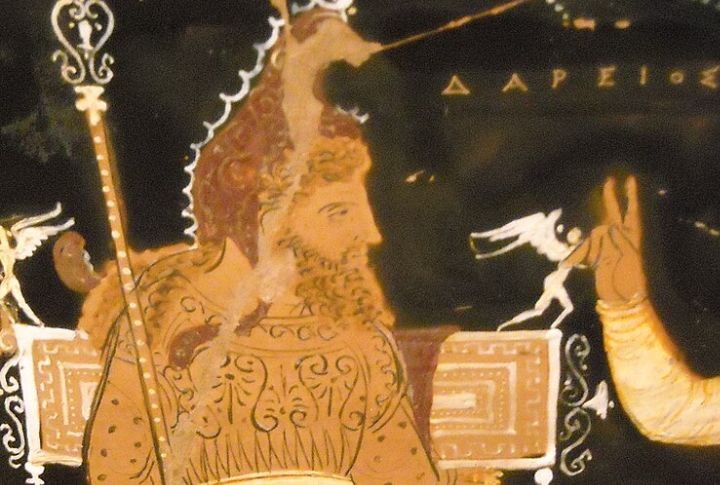
Power wasn’t the only legacy of the Persian Empire. Long before modern states, Persia created the blueprint, and their innovations changed how civilizations worked. However, their influence didn’t disappear. It became part of systems you still use today, often without knowing their ancient roots. So, check them out!
The Persian Empire Was The First To Establish A Human Rights Charter

Do you know about the Cyrus Cylinder? This artifact, inscribed in 539 BCE by Cyrus the Great, served as a “foundation deposit” in Babylon. It announced the repatriation of exiles and promoted religious freedom in conquered lands! This ancient charter laid the groundwork for human rights.
The Persian Empire Was The Largest The World Had Ever Seen
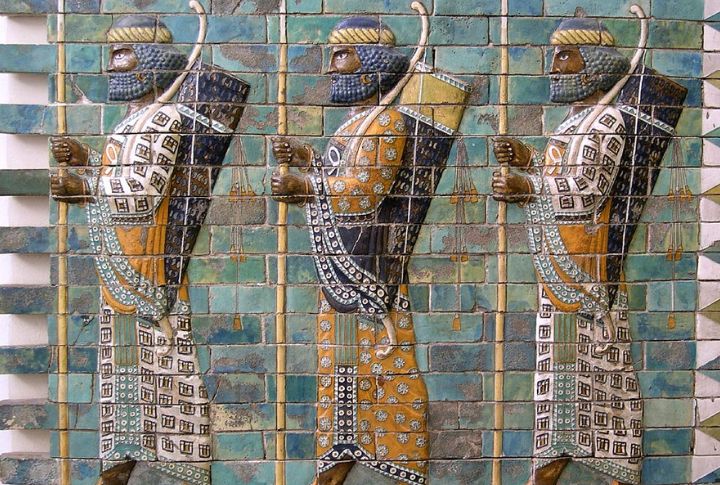
The Achaemenid Empire, at its peak (around 500 BCE), covered 5.5 million square kilometers. This area included what we now call Iran, Egypt, Anatolia, and parts of Central Asia and the Balkans. Its size dwarfed other states of the time and encouraged cultural exchange like never before.
The Royal Road Spanned Over 1,500 Miles And Revolutionized Trade
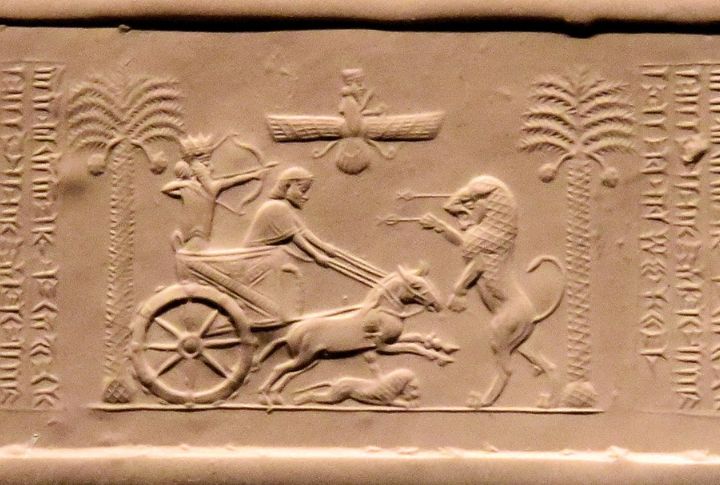
Darius I’s Royal Road stretched 1,677 miles from Susa to Sardis. It passed through 111 stations and caravanserai. Built in the 5th century BCE, this very road reduced travel time to about a week. This boost helped commerce and cultural exchange across the empire.
Persian Engineers Invented Qanats To Irrigate Arid Lands
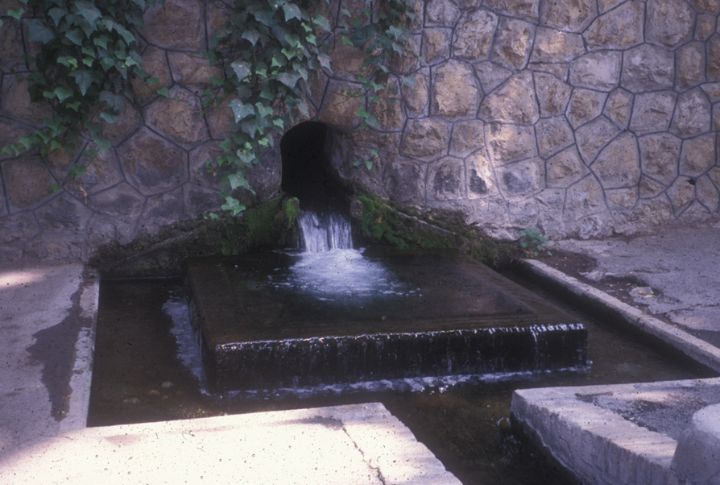
Qanats began in Iran around 800 BCE when they channeled water through long underground tunnels. This system transforms dry lands into fertile oases. Each vertical shaft connects to a main conduit. For so many years, this engineering marvel has continued to support communities.
The Persian Empire Practiced Religious Tolerance Centuries Before Others
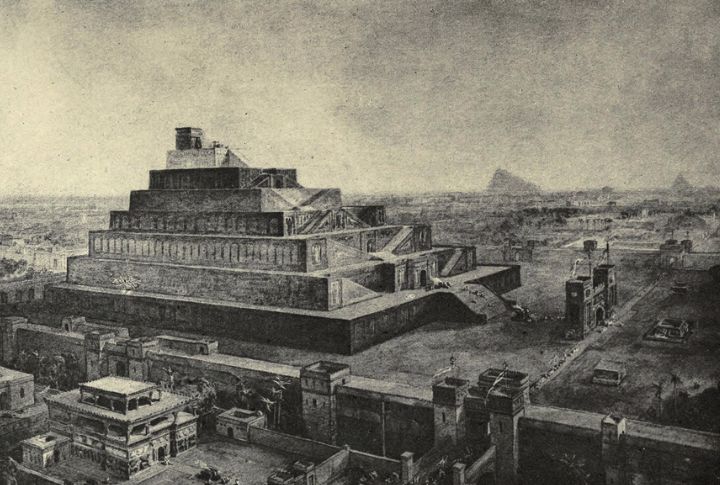
Cyrus’s reign was known for tolerant leadership. In 539 BCE, he issued an edict that restored Babylonian temples and brought back exiles. He even encouraged Jews to rebuild Jerusalem’s Second Temple. It’s impressive how such openness helped hold a huge empire together.
Persian Kings Had A Secret Police Called “The King’s Eyes And Ears”
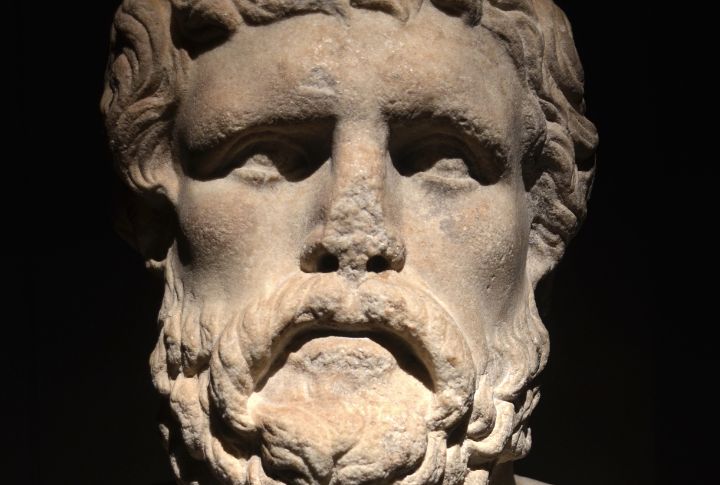
Espionage flourished through “The King’s Eyes And Ears”. These inspectors were chosen by the Great King. They kept an eye on satraps (ancient provincial governors) and informed the throne of any treachery. Xenophon, the Greek philosopher, mentions they could even lead armies during emergencies.
Zoroastrianism Influenced Judaism, Christianity, And Islam

Zoroastrianism is the ancient religion of the Persian people. The faith introduced concepts like dualism, angels, eschatology, and final judgment to Second Temple Judaism. Later, these ideas influenced both Christianity and Islam. They greatly impacted how Abrahamic religions view the messiah and the afterlife.
Persians Invented An Early Version Of The Postal System
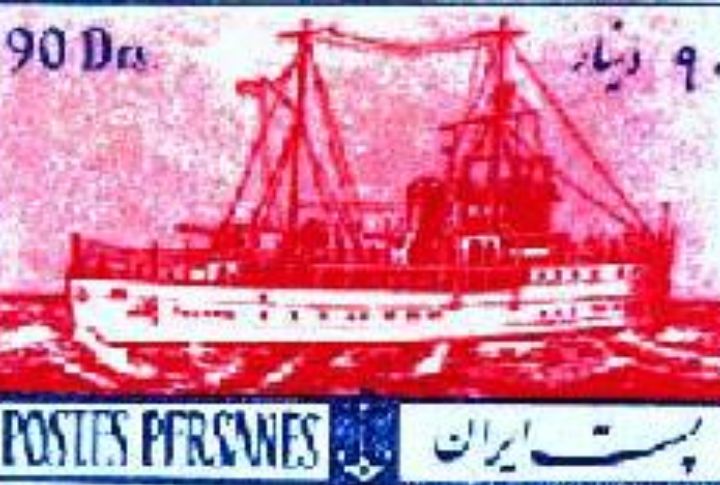
Created by Darius I around 500 BCE, the Angarium enabled rapid communication over 2,699 km. Mounted messengers switched horses daily on the Royal Road. They delivered messages from Susa to Sardis in just nine days. Even Herodotus had exclaimed, “Nothing mortal travels so fast.”
Women In The Persian Empire Had Unusually High Status For Their Era
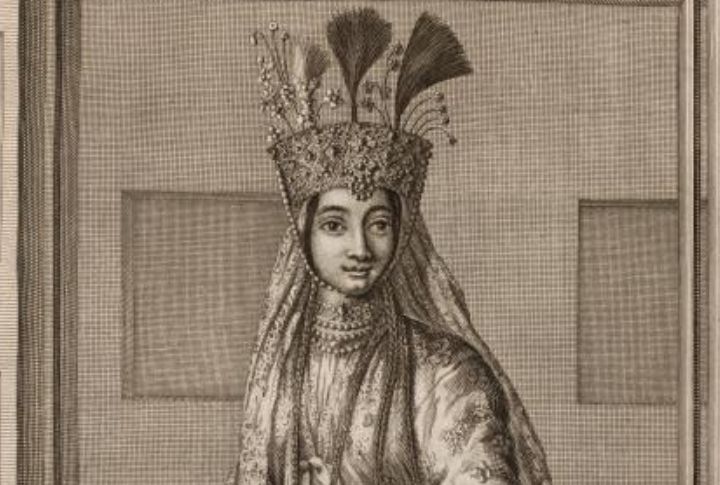
Elite Persian women could own land on their own. They also ran businesses and managed large estates. In some cases, they signed contracts, hired laborers, led troops, and even sponsored religious festivals. This level of autonomy breaks stereotypes and connects with today’s talks about gender equality.
Alexander The Great Was Fixated On Persian Culture After Conquering It
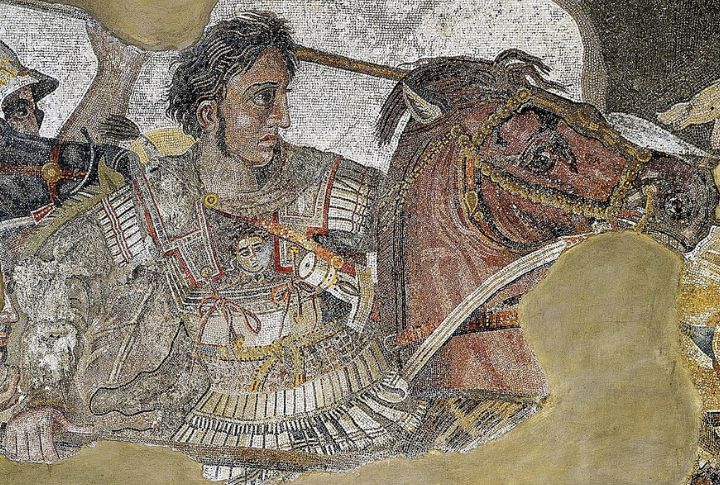
After taking over Persia in 330 BCE, Alexander the Great made some interesting moves by truly embracing their culture. He wore Persian clothes, married Darius III’s daughter, and gave jobs to Persians. His fusion banquets at Susa blended cultures and helped create the Hellenistic world we know today.

